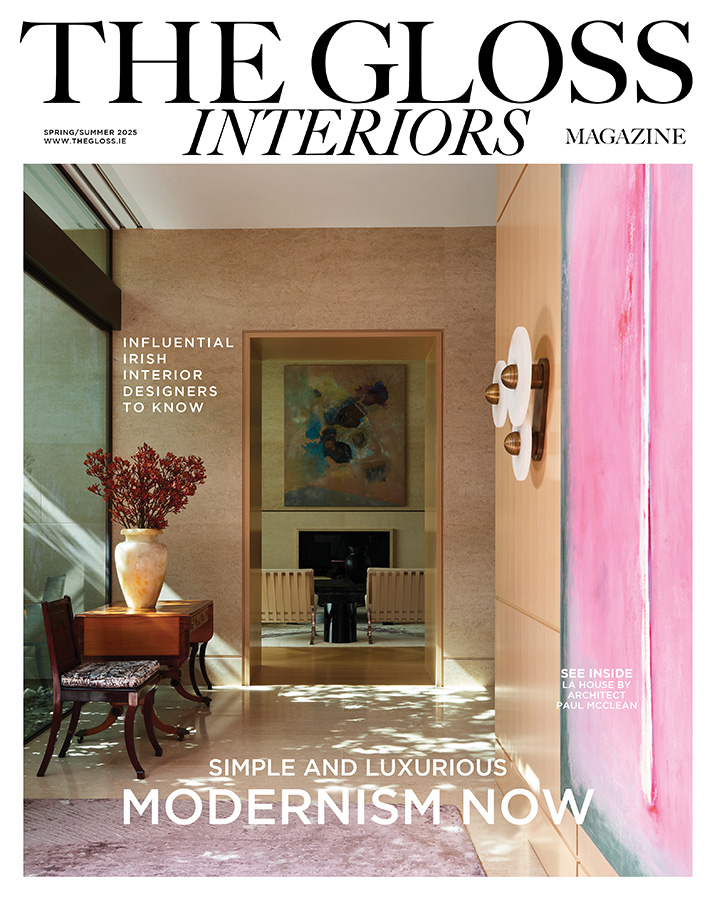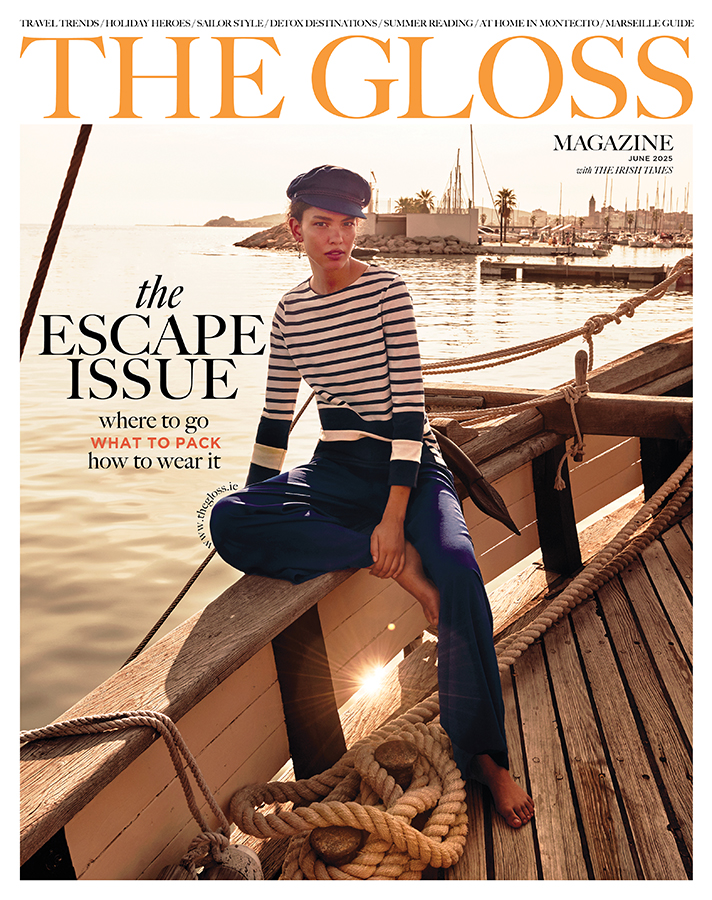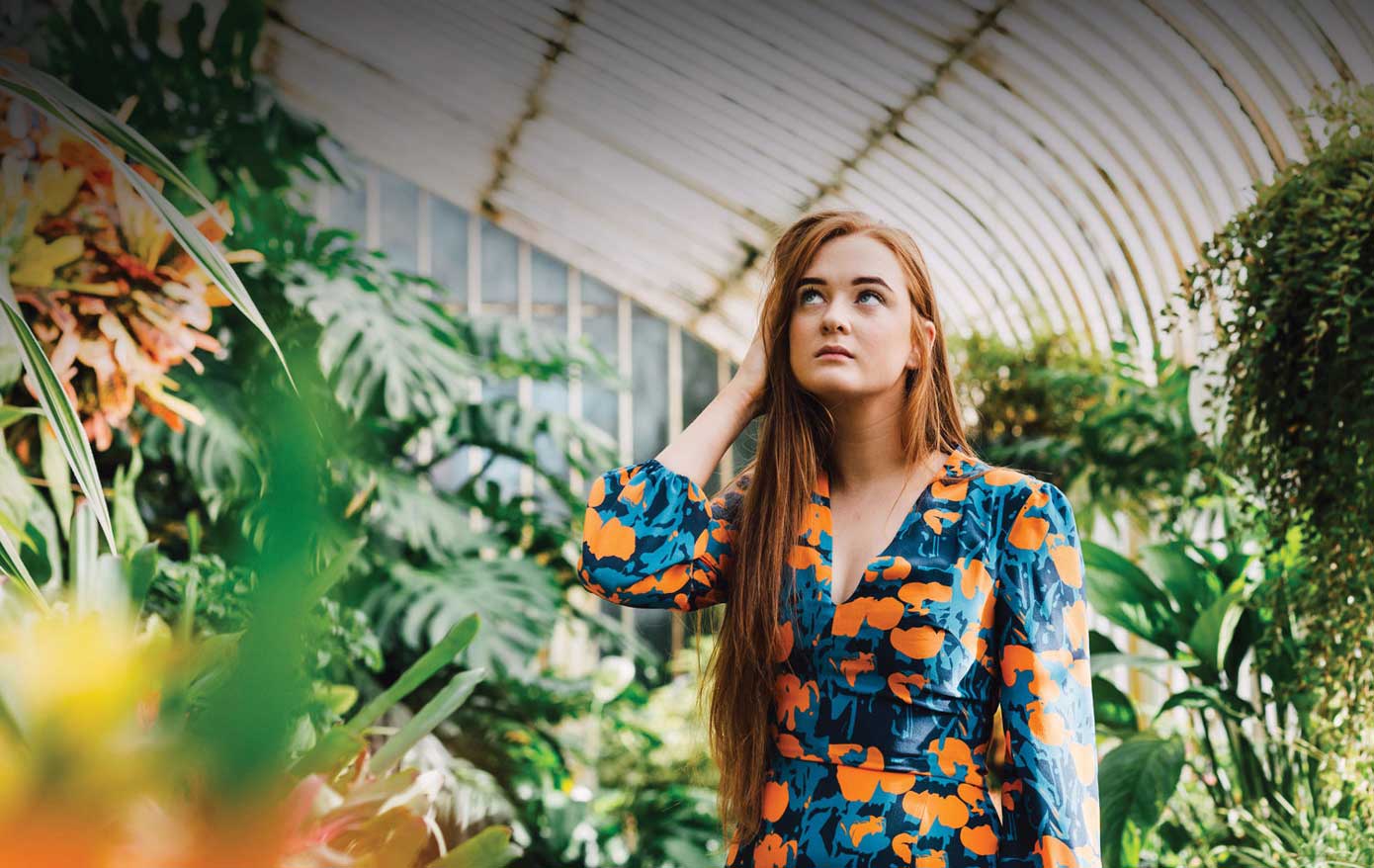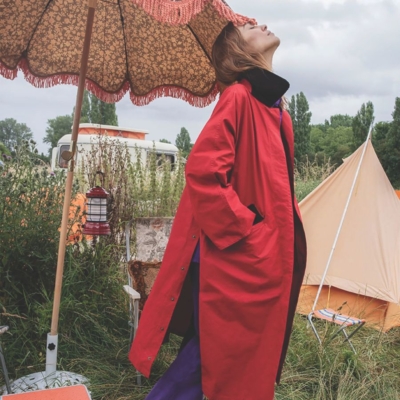My love of flowers is well known and tulips are amongst my favourites,” says Sir Elton John in the foreword of a new book by Peter Arnold, dedicated to the tulip, in all its beauty and diversity. Arnold is both a photographer and accomplished artist who has collaborated with clients from Disney and KLM Royal Dutch Airlines to Alexander McQueen. The latter used Arnold’s tulips and orchid-print pictures on his famous flower dresses worn by Naomi Campbell and Kate Moss. Arnold’s forte is for creating beautifully-lit and dramatic flower studies which have earned him the nickname “The Tulip Man”.
His counterpart – whom I shall call “The Tulip Woman” – is writer Anna Pavord, a self-confessed tulipomaniac. Pavord’s The Tulip is not a gardening book; it is the story of a flower which has mirrored economic booms and busts, illuminated social behaviour and driven men mad with greed, desire and devotion. On reading this 20th-anniversary edition, several Irish references fascinate as well as confirm that tulips grow well in Ireland. Pavord references horticulturalist Gertrude Jekyll, the ultimate arbiter of taste in the Edwardian garden, and no stranger to Ireland, who favoured massing tulips in beds. Jekyll told readers of The Garden, which she edited in 1899, that everything depended on combining tulips of the right colours. She did not shy away from bright colours, but carefully chose them to complement each other. Connoisseurs might be interested to know she used the blackish-purple tulip Faust with Grande Monarque which was lighter and redder and paired the yellow Bronze King with Louis XIV, a much deeper bronze, heavily shaded with purple. Flame-coloured Orange King tulips were interplanted with Panorama in the same colour spectrum.

Tulips got in the way of summer bedding – many were not allowed to die down naturally – they were dug up and were thrown away as soon as they were finished flowering. Parallel to Jekyll’s “bedding out” style was the movement of wild gardening – mirroring the effects of nature championed by Irish gardener, William Robinson. Pavord recounts the fine garden he made at Gravetye, near East Grinstead, Sussex, where he put his principles into practice. His method of planting called “naturalising” is now generally followed. In the early 20th century, Pavord also relates how gardens in the south and east of Ireland were happy hunting grounds for lovers of old-fashioned tulips, some of them descendants of the bulbs that early Huguenots brought with them after the Battle of the Boyne. One such was the old yellow scented Mrs Moon tulip planted by a Mrs Butler in her garden, who sold surplus bulbs at auction.

Many of these old (and odd) tulip specimens have been drawn by contemporary botanical artists such as Mary Dillon whose Black Parrot tulip watercolour is currently part of an exhibition at the National Gallery Ireland which can be viewed online. This exhibition has as its guest curator Patricia Butler whose book Irish Botanical Illustrators & Flower Painters was the inspiration for “Drawn from Nature: Irish Botanical Art”. Butler’s fascination with flowers began in childhood in Wicklow. “My father was passionate about gardening and plants in particular, and more or less every weekend, we were allocated jobs in the garden which could range from helping to lay field pipes and mulching herbaceous borders to planting hundreds of trees. The rule was: no work, no pocket money! While we kicked against this, it did instil in me a passionate love for the natural world.”
How fortunate we are to have Butler’s research on this genre – a resource for armchair gardeners, artists and booklovers alike.
LOVETHEGLOSS.IE?
Sign up to our MAILING LIST now for a roundup of the latest fashion, beauty, interiors and entertaining news from THE GLOSS MAGAZINE’s daily dispatches.











